The Abu Bakr Al Sawaf Mosque is located in the heart of Damascus Ghouta, in the city of Kafr Batna. The mosque was constructed on a 1,300-square-meter plot, by replacing the remnants of a small prayer hall that spanned just 30 square meters.
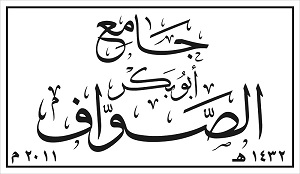
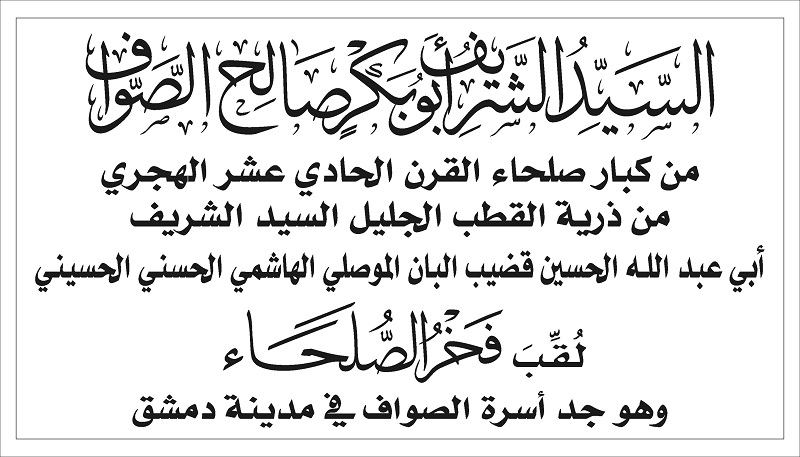


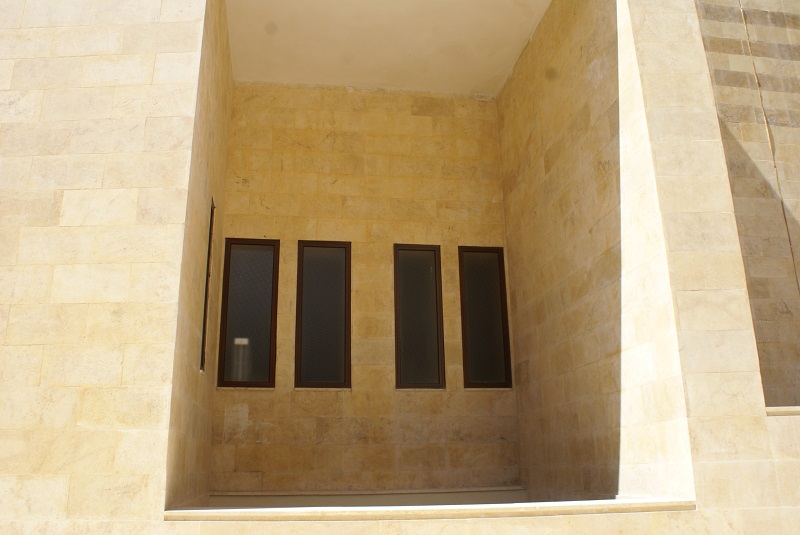

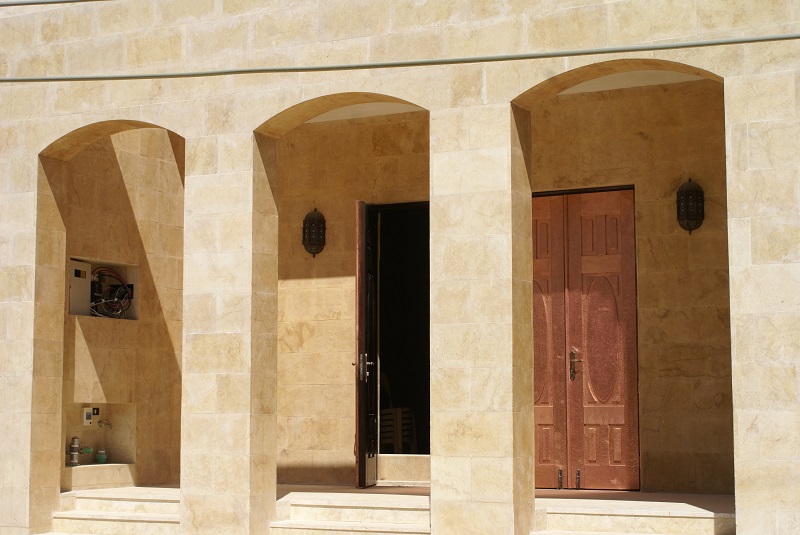
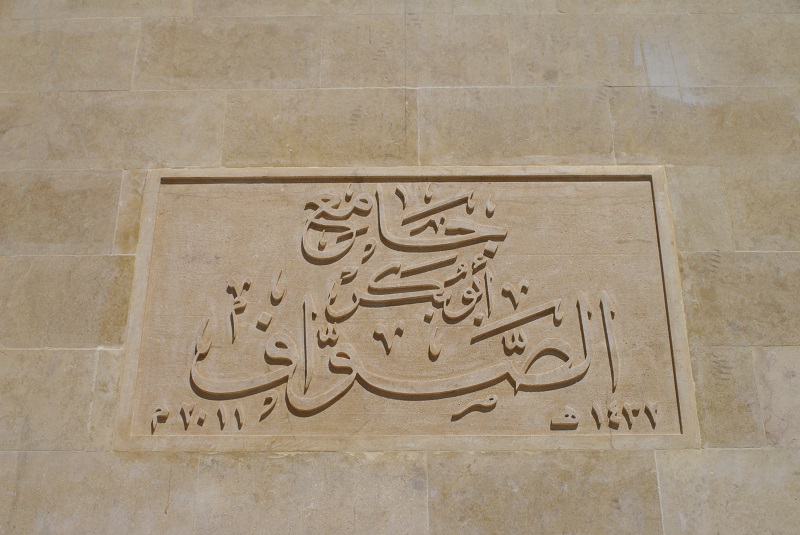
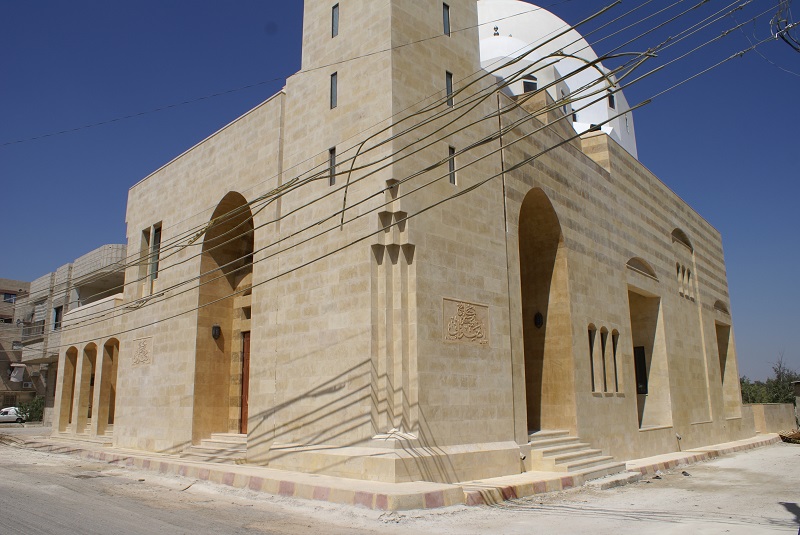

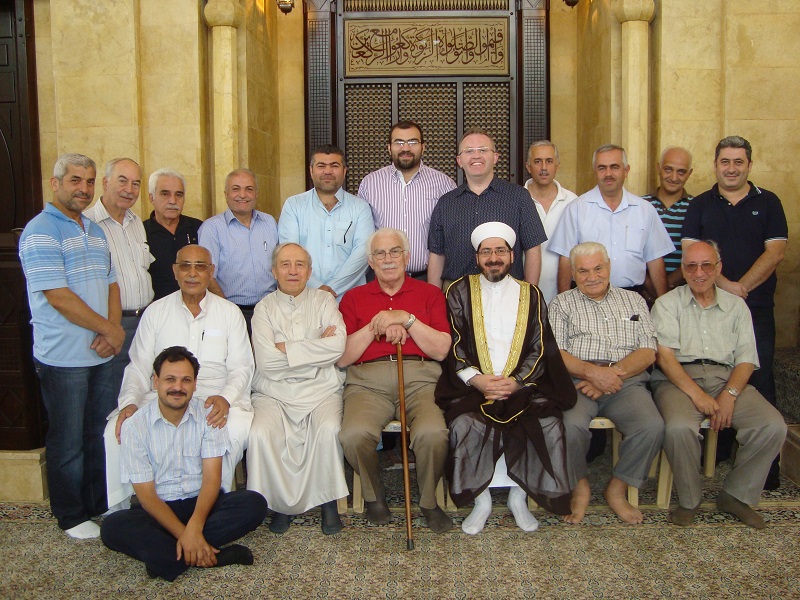
The Expansion:
The expansion of the mosque was made possible by a generous land donation from Mrs. Nagia Hassan and her son. Later, Engineer Muhammad Hani Ibn Mustafa Al Sawaf, a philanthropist, funded and oversaw its construction. The mosque area is expanded to 2,100 square meters.
Furthermore, the mosque’s design, crafted by the skilled architect Mohamed Khair El Baroudi, features an exquisite Mamluk architectural style. At its center is a grand dome measuring 12 meters in diameter, accompanied by a smaller dome of 9 meters and six smaller domes, each 3 meters wide. The mosque also includes a striking minaret connected to the main sanctuary by two staircases.
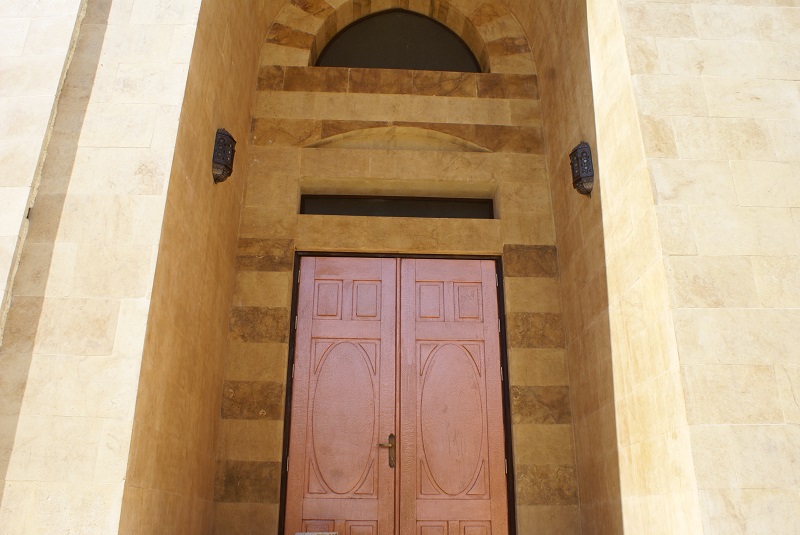
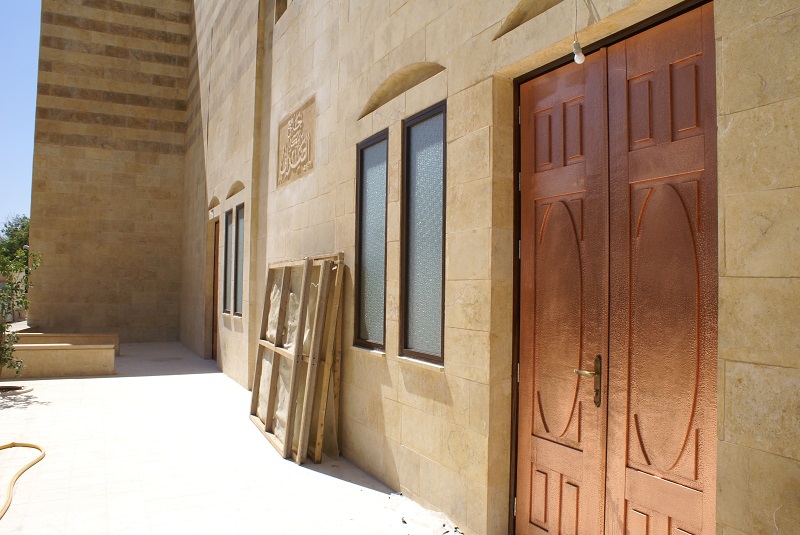

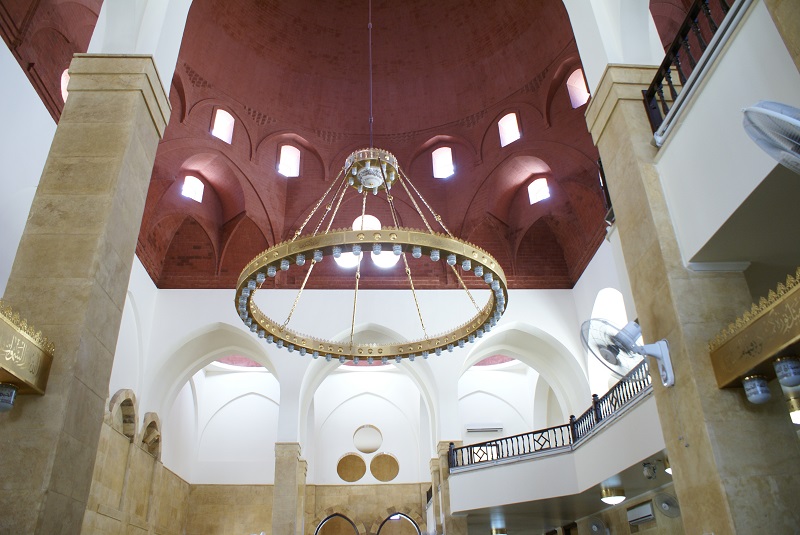
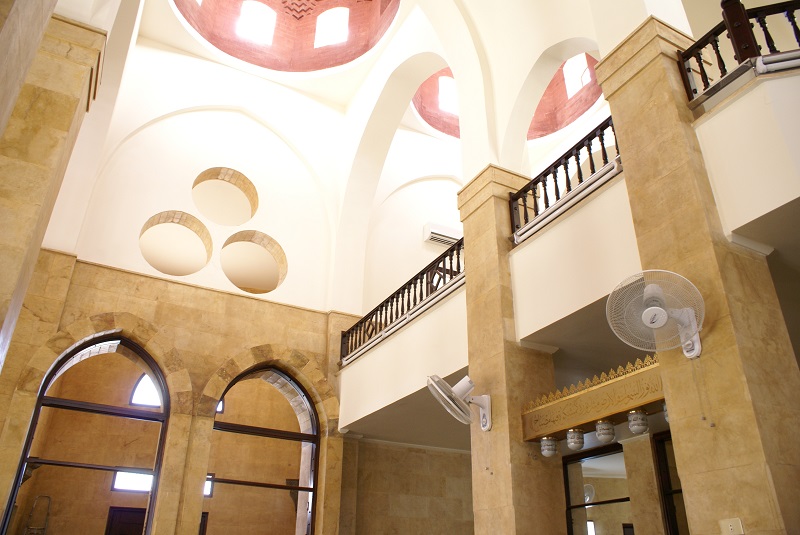
The basement of the mosque houses a women’s prayer hall. It contains service rooms, educational classrooms, and meeting halls. It is equipped with modern facilities, including monitors throughout the building. This allows worshippers to follow the imam, preacher, or teacher from any location. The mosque also features a centralized cooling system, cold water dispensers connected to a tank and cooler, a heating system, and a backup electricity supply.
Construction of the mosque began in 2008 and was completed in time for its inauguration during Ramadan in 2011.
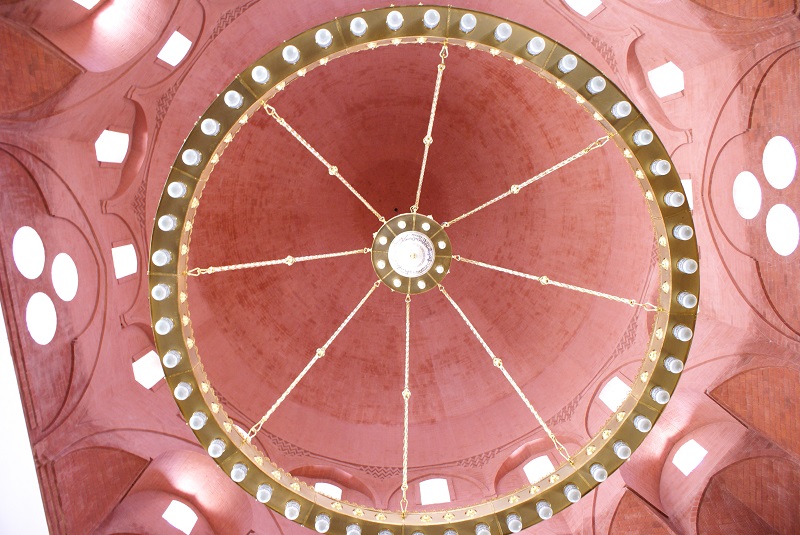
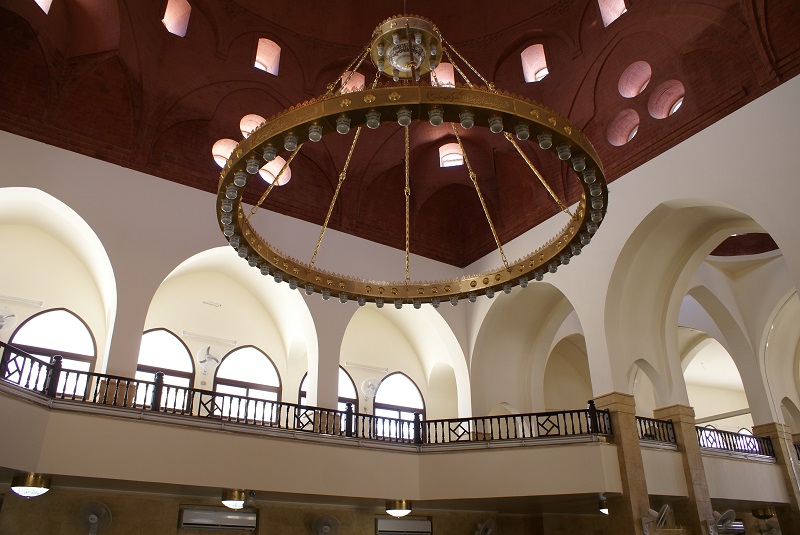
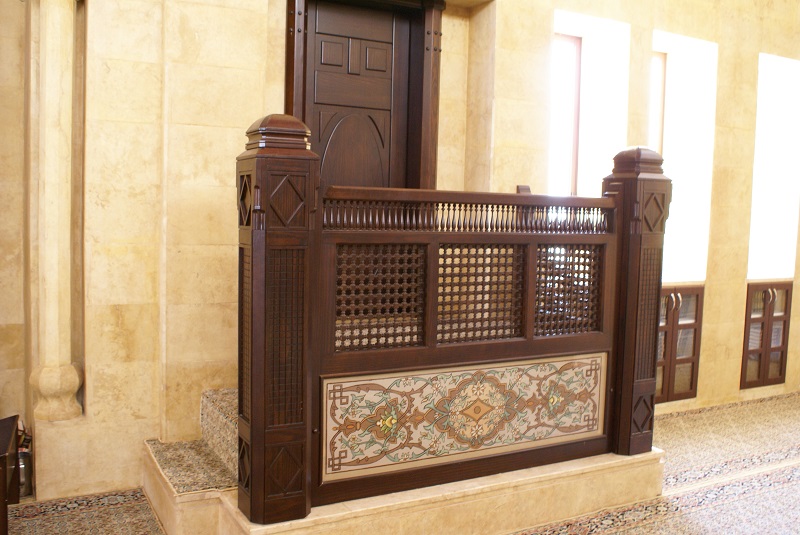
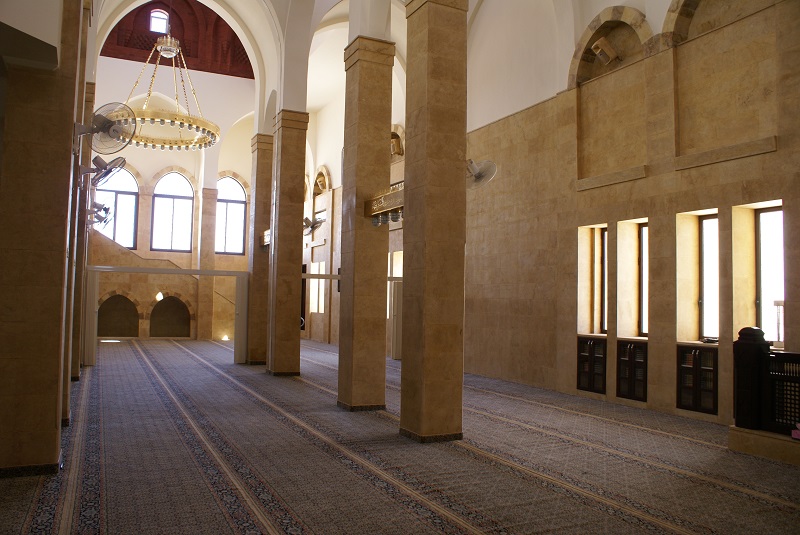
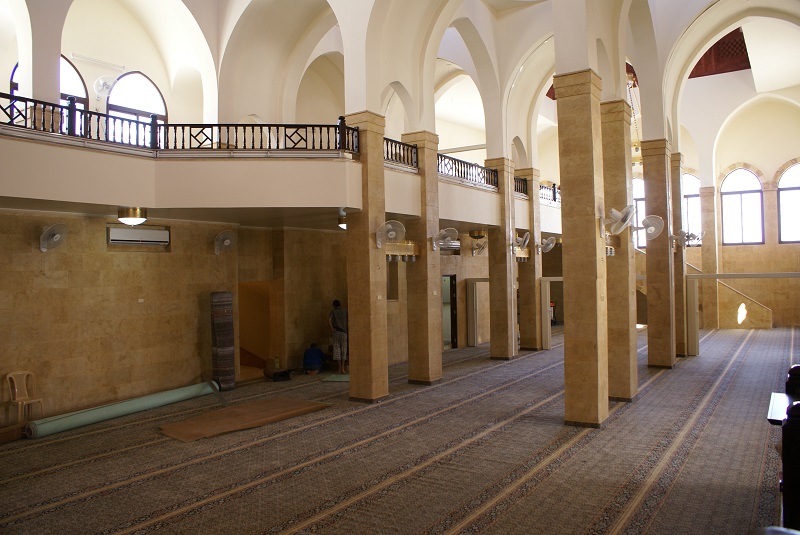
To Honor the Forefather:
In honor of Sayyid Sharif Abu Bakr Ibn Saleh Al Sawaf, a revered figure from the 11th century, the mosque is named after him. Sayyid Sharif Abu Bakr was a descendant of the esteemed Sufi master. Sayyid Sharif Sheikh Abu Abdullah Qadib al-Ban al-Husayn al-Mawsili al-Hasani al-Husayni who passed away in 1177. Sheikh Abu Abdullah was buried in Mosul, where a grand mosque was built at his gravesite in 1958.
Abu Bakr Al Sawaf is regarded as the forefather of the Sawaf family in Damascus. He had two sons, Abdul Rahman Sawaf and Abdul Fattah Sawaf. Their descendants have contributed significantly to various fields. The Sawaf family has produced prominent merchants, scholars, ministers, doctors, engineers, and lawyers. Some members of the family later settled in the Hijaz, Jordan, and the United States.
Below is an introduction video about the mosque and its history:
![]()
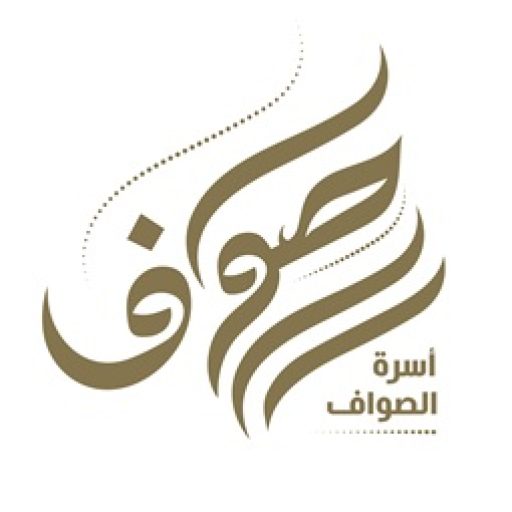

Leave a Reply